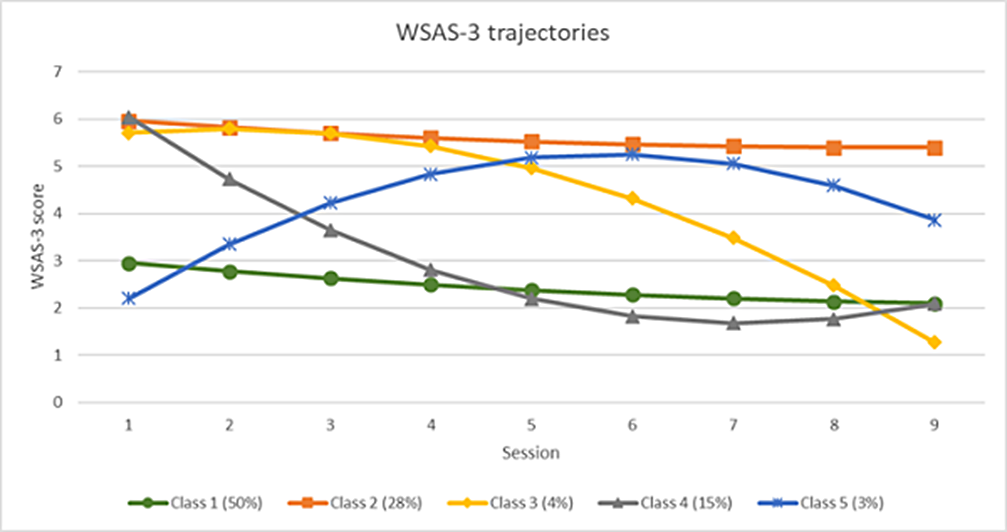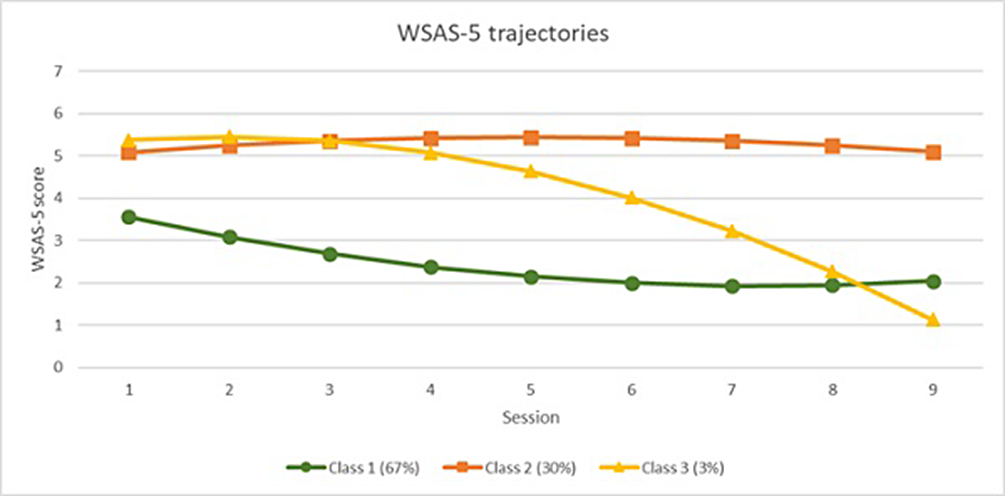780 results
The dusty aftermath of a rapid nova: V5579 Sgr
-
- Journal:
- Publications of the Astronomical Society of Australia / Volume 41 / 2024
- Published online by Cambridge University Press:
- 20 September 2024, e051
-
- Article
- Export citation
Role of Different Forms and Intensities of Physical Activity in Prevention of Dementia
-
- Journal:
- European Psychiatry / Volume 67 / Issue S1 / April 2024
- Published online by Cambridge University Press:
- 27 August 2024, p. S200
-
- Article
-
- You have access
- Open access
- Export citation
The association between trajectory of change in social functioning and psychological treatment outcome in university students: a growth mixture model analysis
-
- Journal:
- European Psychiatry / Volume 67 / Issue S1 / April 2024
- Published online by Cambridge University Press:
- 27 August 2024, pp. S708-S709
-
- Article
-
- You have access
- Open access
- Export citation
Nomophobia: A Cross-Sectional Study of Lifestyle-Induced Factors Among Global Health Professionals
-
- Journal:
- European Psychiatry / Volume 67 / Issue S1 / April 2024
- Published online by Cambridge University Press:
- 27 August 2024, p. S564
-
- Article
-
- You have access
- Open access
- Export citation
Bioactive compounds of spent coffee grounds and their potential use as functional food
-
- Journal:
- Proceedings of the Nutrition Society / Volume 83 / Issue OCE1 / April 2024
- Published online by Cambridge University Press:
- 07 May 2024, E57
-
- Article
-
- You have access
- Export citation
Weathering of a Chromian Muscovite to Kaolinite
-
- Journal:
- Clays and Clay Minerals / Volume 39 / Issue 6 / December 1991
- Published online by Cambridge University Press:
- 02 April 2024, pp. 571-579
-
- Article
- Export citation
Radiocarbon Dates from the Archaeological Site of Sakas, Bihar, India
-
- Journal:
- Radiocarbon / Volume 66 / Issue 2 / April 2024
- Published online by Cambridge University Press:
- 29 April 2024, pp. 267-279
- Print publication:
- April 2024
-
- Article
-
- You have access
- Open access
- HTML
- Export citation
Head and Neck Cancer: United Kingdom National Multidisciplinary Guidelines, Sixth Edition
-
- Journal:
- The Journal of Laryngology & Otology / Volume 138 / Issue S1 / April 2024
- Published online by Cambridge University Press:
- 14 March 2024, pp. S1-S224
- Print publication:
- April 2024
-
- Article
-
- You have access
- Open access
- HTML
- Export citation
Structural Chemistry of Fe, Mn, and Ni in Synthetic Hematites as Determined by Extended X-Ray Absorption Fine Structure Spectroscopy
-
- Journal:
- Clays and Clay Minerals / Volume 48 / Issue 5 / October 2000
- Published online by Cambridge University Press:
- 28 February 2024, pp. 521-527
-
- Article
- Export citation
Experimental Transformation of Kaolinite to Halloysite
-
- Journal:
- Clays and Clay Minerals / Volume 44 / Issue 6 / December 1996
- Published online by Cambridge University Press:
- 28 February 2024, pp. 825-834
-
- Article
- Export citation
An Electron Optical Investigation of the Alteration of Kaolinite to Halloysite
-
- Journal:
- Clays and Clay Minerals / Volume 40 / Issue 2 / April 1992
- Published online by Cambridge University Press:
- 28 February 2024, pp. 212-229
-
- Article
- Export citation
An Electron Optical investigation of Aluminosilicate Cements in Silcretes
-
- Journal:
- Clays and Clay Minerals / Volume 40 / Issue 6 / December 1992
- Published online by Cambridge University Press:
- 28 February 2024, pp. 707-721
-
- Article
- Export citation
Weathering of Spodumene to Smectite in a Lateritic Environment
-
- Journal:
- Clays and Clay Minerals / Volume 41 / Issue 5 / October 1993
- Published online by Cambridge University Press:
- 28 February 2024, pp. 624-630
-
- Article
- Export citation
Cost-effectiveness of severe acute respiratory coronavirus virus 2 (SARS-CoV-2) testing and isolation strategies in nursing homes
-
- Journal:
- Infection Control & Hospital Epidemiology / Volume 45 / Issue 6 / June 2024
- Published online by Cambridge University Press:
- 15 February 2024, pp. 754-761
- Print publication:
- June 2024
-
- Article
- Export citation
Recent trends in populations of Critically Endangered Gyps vultures in India
-
- Journal:
- Bird Conservation International / Volume 34 / 2024
- Published online by Cambridge University Press:
- 03 January 2024, e1
-
- Article
-
- You have access
- Open access
- HTML
- Export citation
Cd-Substituted Goethites — A Structural Investigation by Synchrotron X-ray Diffraction
-
- Journal:
- Clays and Clay Minerals / Volume 51 / Issue 4 / August 2003
- Published online by Cambridge University Press:
- 01 January 2024, pp. 397-402
-
- Article
- Export citation
Field Localization and Density Cavitation in Low-Beta Plasmas
-
- Journal:
- Laser and Particle Beams / Volume 2021 / 2021
- Published online by Cambridge University Press:
- 01 January 2024, e3
-
- Article
-
- You have access
- Open access
- HTML
- Export citation
Ten new insights in climate science 2023
-
- Journal:
- Global Sustainability / Volume 7 / 2024
- Published online by Cambridge University Press:
- 01 December 2023, e19
-
- Article
-
- You have access
- Open access
- HTML
- Export citation
Collection, distribution, characterization and utilization of Indigofera oblongifolia Forssk.: an important underutilized multi-use leguminous shrub of Indian hot arid region
-
- Journal:
- Plant Genetic Resources / Volume 21 / Issue 4 / August 2023
- Published online by Cambridge University Press:
- 17 November 2023, pp. 369-376
-
- Article
- Export citation
Subsurface scientific exploration of extraterrestrial environments (MINAR 5): analogue science, technology and education in the Boulby Mine, UK – CORRIGENDUM
-
- Journal:
- International Journal of Astrobiology / Volume 23 / 2024
- Published online by Cambridge University Press:
- 06 November 2023, e2
-
- Article
-
- You have access
- HTML
- Export citation













